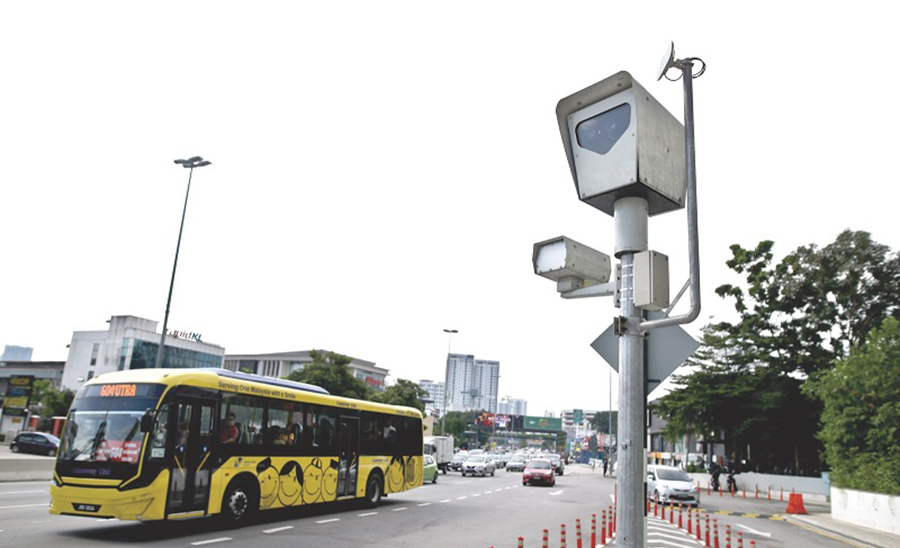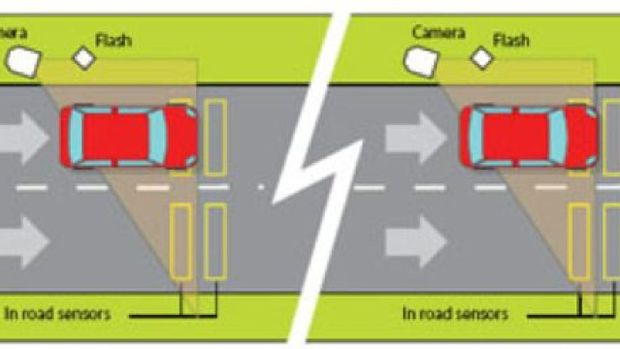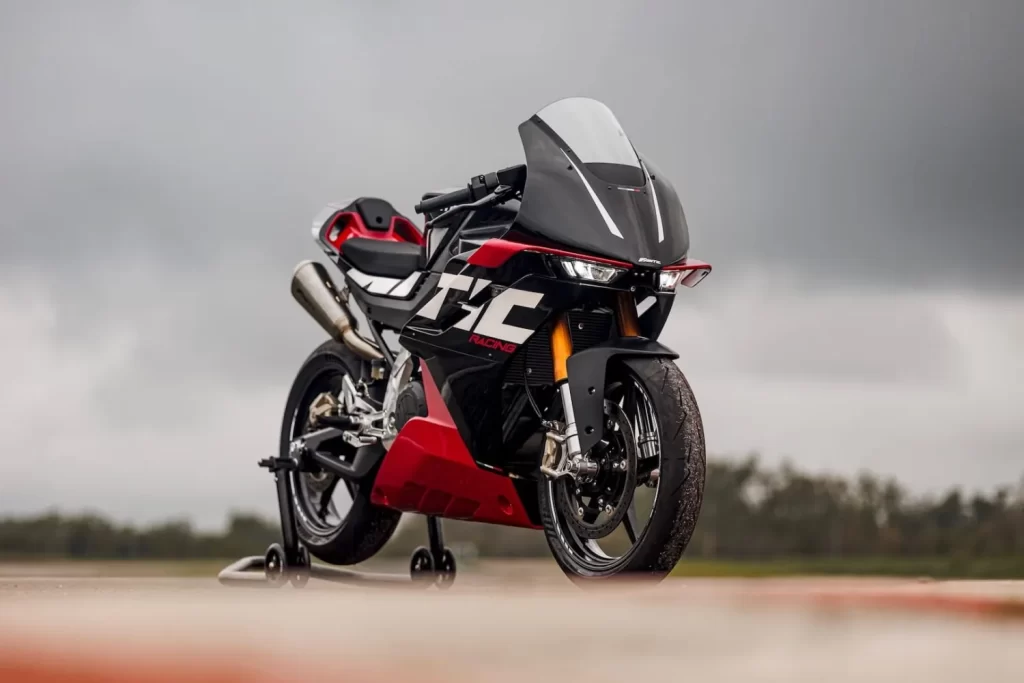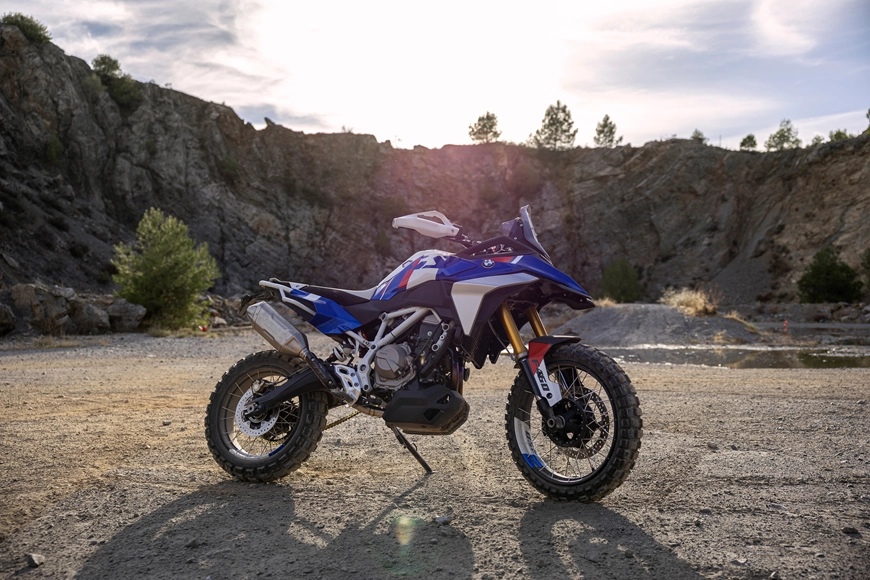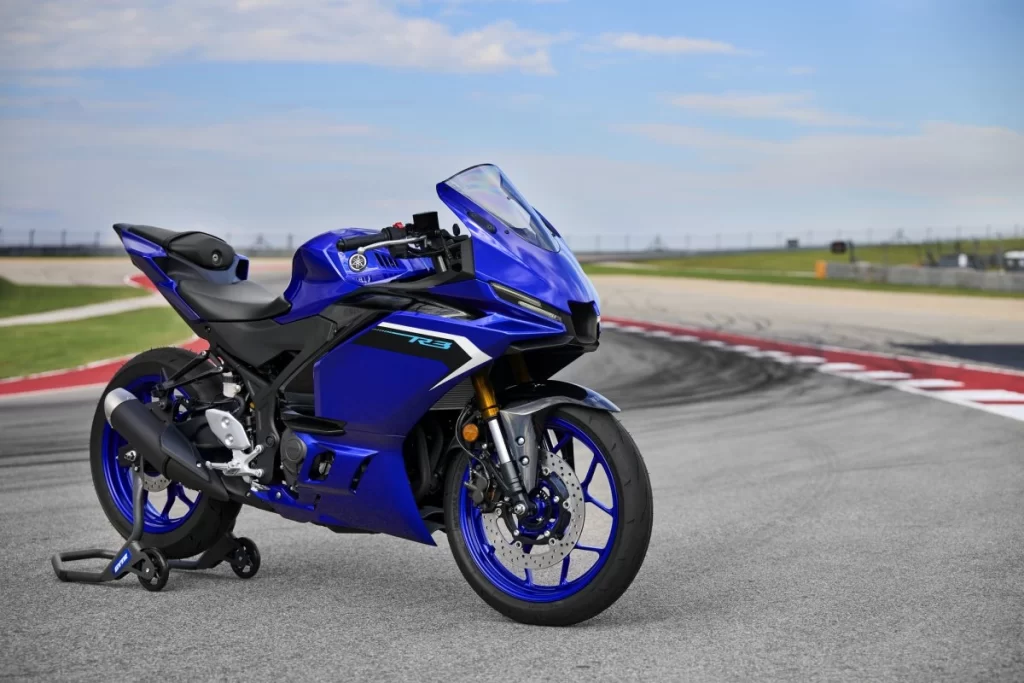-
PLUS will propose to install more AES speed cameras on all their six highways.
-
If approved, installation will include the Penang Bridge.
-
But how does the AES speed camera work?
In the news
PLUS (Projek Lebuhraya Utara Selatan Berhad) will submit a proposal to the authorities to install more AES (Automated Enforcement System) speed cameras.
The concessionaire is thinking of installing more of the speed cameras on all six highways under their charge. If the proposal is approved, the cameras will also be installed on the Penang Bridge.
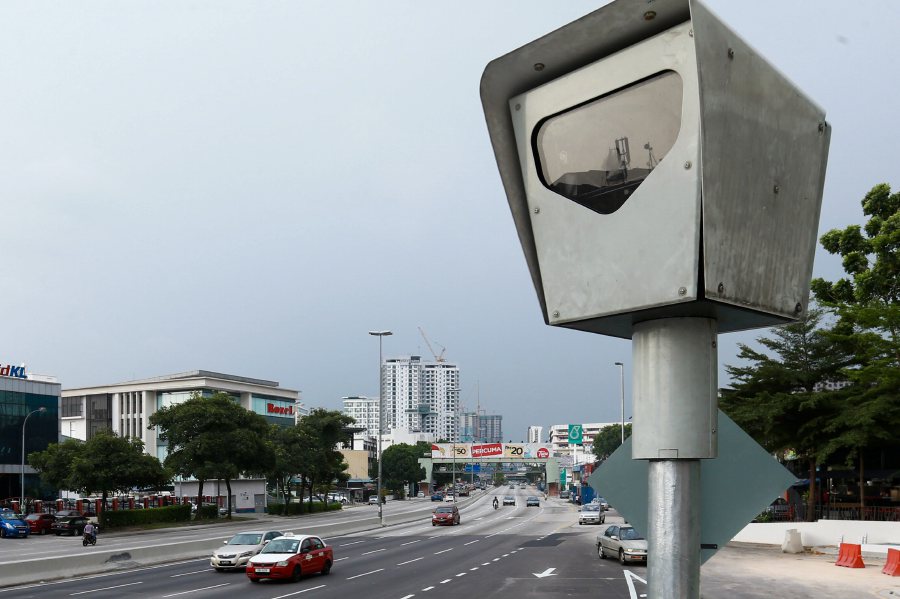
Speaking to The Star, PLUS Managing Director Datuk Azman Ismail said the proposal is to ensure road users obey traffic laws and create road safety awareness.
Datuk Azman made the statement at the launching of Ops Selamat 14. The operation will be held from 29thJanuary to 12thFebruary in conjunction with the Chinese New Year.
How Does the AES Work?
We’ve heard some motorcyclists say that covering the motorcycle’s speedometer will avoid the AES snapping the speedometer. We didn’t know if we should laugh or cry.
The AES trigger works by determining how much time it took the vehicle to travel through a set distance. Remember the formula Speed = Distance/Time? (Please click here if you don’t.)
There are two types of sensors:
- Piezo or inductive loop sensors embedded in the road. These are to detect “slower” speeds over the limit. This system is also used to detect traffic at some intersections.
- A radar detector attached on the outside of the camera housing. This detects vehicles that travel at higher speeds.
For the road detectors, a pair are embedded some distance before the camera. The earlier the vehicle passes both, the faster it is travelling.
Radar works by bouncing microwaves off an object. The faster the waves return to the detector, the nearer the object is to the detector. The processing unit calculates the time difference between when the first wave was returned to the subsequent waves. The faster they come back, the faster the vehicle is travelling.
For example:
Let’s assume the two detectors or radar waves are 20 metres apart, and the car crosses in 0.5 second.
Speed = 50m/5 second = (20/1000) km/(2/3600) hr = 0.02 km/0.00014 hr = 142 km/h
CLICK! Check in MyEG for your summons.



